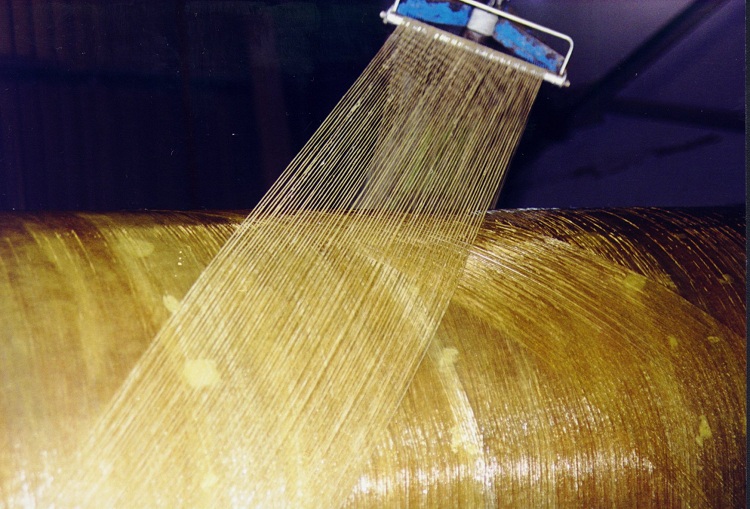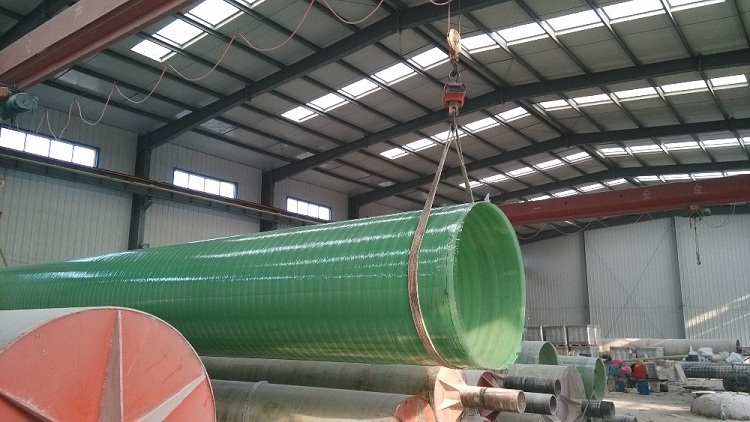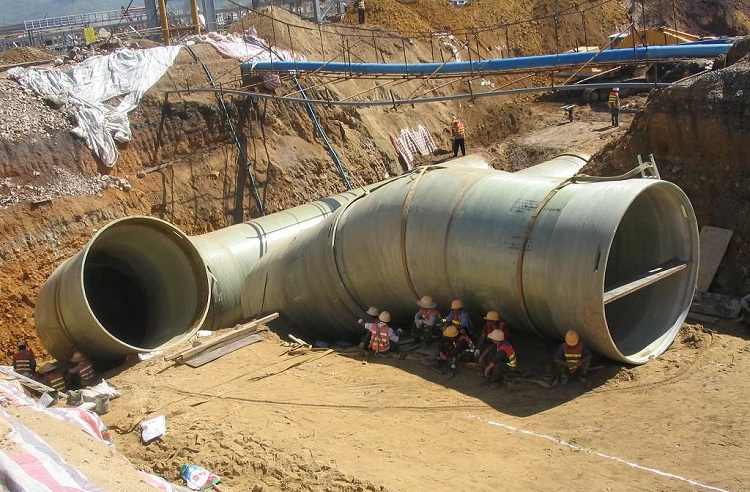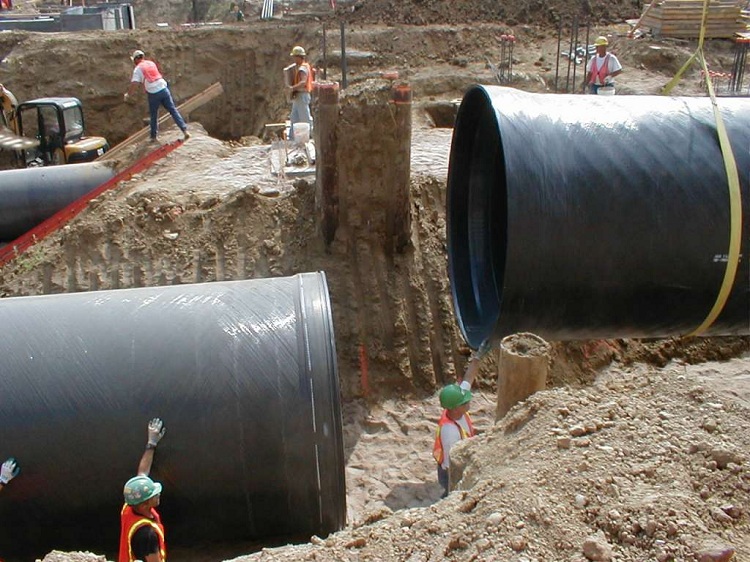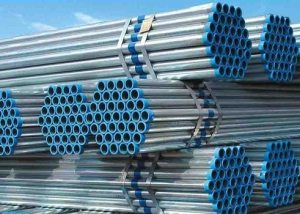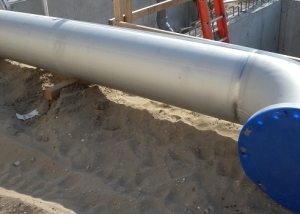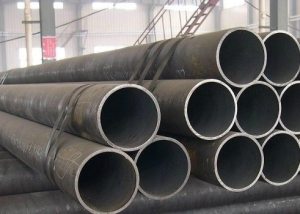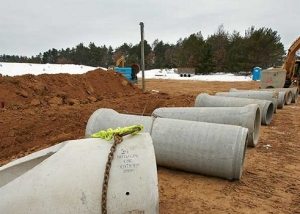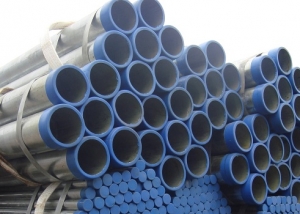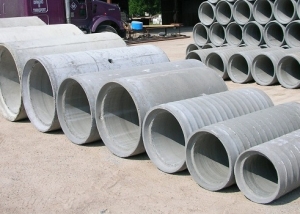Fiberglass pipes - fiberglass pipes made of fiberglass are long hollow elements with an unchanged cross-section, designed to move any working medium along them or to protect cables for various purposes placed inside. Production on an industrial scale has been established since the mid-1950s, but a truly wide distribution begins after two to three decades.
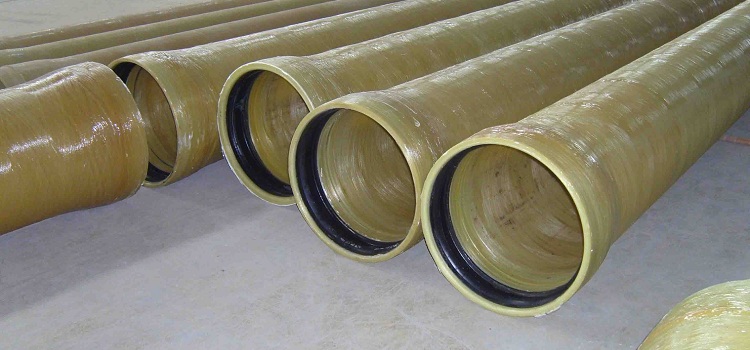
Fiberglass pipes are universal products that have found application in many areas of construction and industry.
Content
Manufacturing methods
Fiberglass pipes are made on the basis of four technologies, radically different from each other. To obtain composite products use:
1. Winding (winding). It is believed to be quite high in performance and extremely simple to implement. Distinguish winding:
- simple;
- continuous.
Coiling is divided by the use of polymer binders:
- thermosetting - polyester, phenol-formaldehyde, epoxy and other resins;
- thermoplastic - polyamide, polypropylene, polyethylene, polyethylene rephthalate, etc. In this case, the technology is possible one-or two-stage.
Reinforcing glass fiber is laid in various ways, but there are only four large-scale industrial production:
- spiral ring. This is how high-pressure fiberglass pipes and structural pipes for solid propellant rocket engine housings and power transmission towers are manufactured. Fiberglass pipes of large diameter in this way are practically not produced due to the high complexity and high cost of the process;
- spiral tape. The simplification of the process allows to obtain products of large diameter. But it results in a decrease in quality, in this way fiberglass pipes are produced for high-pressure pipes with medium or low pressure;
- longitudinally transverse. With this method, the fibers are stacked by the machine independently of each other;
- oblique longitudinally-transverse. The method was developed at the Kharkov Aviation Institute in order to mass produce fiberglass shells for rockets.
Important! The latter method differs from others in obtaining the highest glass content in the resulting product. It reaches 85% of the total mass of fiberglass. Rarely used winding with fiberglass is close to this method, with the help of which small batches of large-sized products are obtained.
2. Centrifugal molding (casting). In this way, which allows an almost unlimited increase in wall thickness, pipes with increased ring stiffness and microtunnelling products subjected to high axial loads are obtained.
3. The method of pultrusion (broaching). On high-performance equipment, small-diameter pipes and rods are made for heating systems, plumbing.
4. The method of extrusion (extrusion). Simplification of technology to increase productivity to the highest level allows the production of thermoplastics, mainly products with incomplete reinforcement, etc.e., with impaired physical and mechanical characteristics.
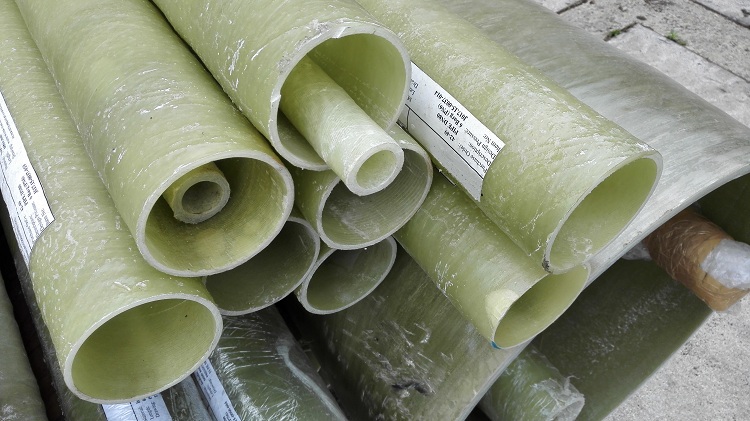
In addition to production technology, pipes differ in the composition of the material, which affects the properties
Classification
High-strength composite products, depending on which material is chosen as reinforcing filler, are:
- basalt plastic;
- organoplastic;
- fiberglass.
Take into account the type of polymer binder, which may be:
- polyester;
- epoxy.
The type of connection has a specific meaning:
- glue;
- mechanical.
Based on the structural features of the walls, pipes are considered as:
- multilayer;
- lined;
- without lining.
According to the design of the product can be:
- single layer. They are made using the wet winding method with the predominance of epoxy resin and glass fibers as a binder;
- layered. They are covered with one or more plastic layers.
Useful informationand I! The use of resins increases the resistance of fiberglass pipes to acids, salts and alkaline solutions.
Resin is used biphenol, isophthalic or orthophthalic.
Pipes are distinguished depending on the internal section device, which happens:
- solid. The shape can be round, semicircular, rectangular, trapezoidal, segmented;
- roundabout. Such are carried out in agreement with the customer.
Products may vary in the way the slice is reinforced, the degree of reinforcement of the lateral face of the groove wedges.
Fields of application and labeling of fiberglass pipes
The advantages of fiberglass products have led to their distribution in various fields of activity. Mass application was found in:
- oil industry. The ability to maintain high corrosion resistance under the influence of aggressive environments (oil, solutions, formation water) and high specific strength allow fiberglass products to be preferred over steel and polymer;
- coal industry. Light weight and ease of installation, low flammability and combustibility, non-toxic combustion products, corrosion resistance, absence of damaging fragments during methane explosion play a role here;
- energy. Resistance to high pressure makes fiberglass necessary for pipelines;
- housing and communal services. Fiberglass products are equipped with sewage and land reclamation systems, utilities.
Label fiberglass products as follows:
- A - intended for pumping working media with various abrasive inclusions;
- G - for hot water supply systems with an energy carrier temperature of up to 75º C;
- P - for the water supply network, including the one supplying drinking water;
- C - universal purpose. The working environment may have different acidity;
- X - able to transport chemically active liquids and gases.
Advantages and disadvantages of fiberglass pipes
The distribution of fiberglass products is associated with its advantages:
- duration of operation;
- light weight, which simplifies transportation and installation;
- low coefficient of thermal expansion;
- ease of installation;
- corrosion resistance and inertness to aggressive environments;
- wear resistance;
- strength;
- resistance to temperature fluctuations in the range from - 65º С to + 155º С;
- relatively low cost;
- environmental friendliness.
Note! There is such a disadvantage of fiberglass products as low stability with a significant load perpendicular to the fibers, which leads to the formation of cracks. Therefore, to enhance the tightness, a special corrugated layer is applied from the inside.
The advantages outweigh the disadvantage, which, rather, can be attributed to the features of use.
Installation of fiberglass pipes
Fiberglass products are connected in many ways that do not require special equipment and do not differ in complexity:
- coupling. The possibility of additional installation of structures with the use of adhesives is allowed when subsequently disassembly is not required;
- drag rope. It is considered as a type of coupling, when the pipes are joined using a special device, and then connected using fasteners;
- socket. A standard and extremely simple connection in which the pipe is inserted into the extension of the next;
- screw;
- threaded;
- flanged. The ends of the pipes are equipped with flanges.
It is not difficult to connect fiberglass pipes, as it does not require any special equipment or special skills.
The quick installation of fiberglass products, combined with the advantages provided by their use, contributed to the creation of sustainable demand in various fields of economic activity. Especially expanded the use of fiberglass pipes in the domestic sphere.
